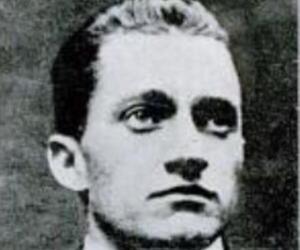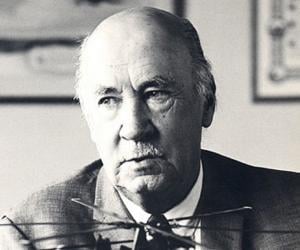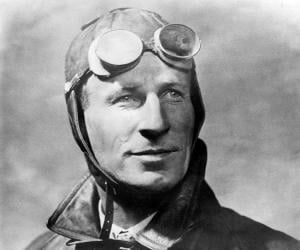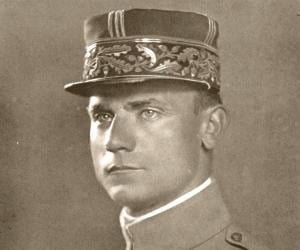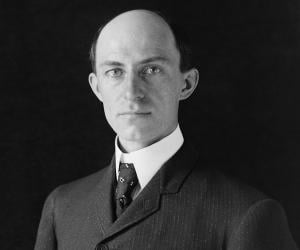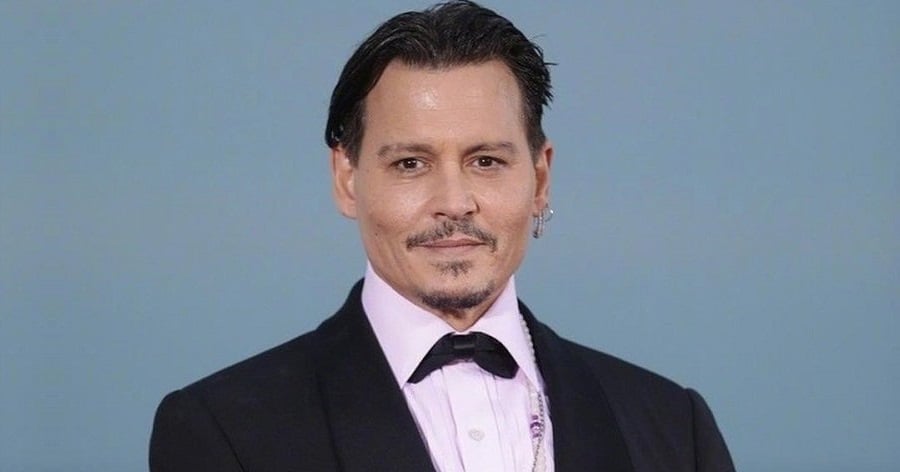Bessie Coleman was an American civil aviator and the first African-American woman to hold a pilot license. Nicknamed Queen Bess, Coleman became a high-profile pilot in the air shows organized in the United States. Bessie Coleman died at the age of 34 in a plane crash. Her efforts to promote aviation inspired the Native American communities.
Igor Sikorsky was a Russian-American aviator known for his pioneering contributions to the development of both helicopters and fixed-wing aircraft. Born in Russia, he immigrated to US as a young man and founded the Sikorsky Aircraft Corporation in 1923. He is also credited for developing the first of Pan American Airways' ocean-crossing flying boats.
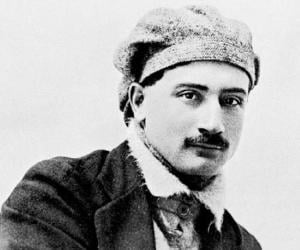
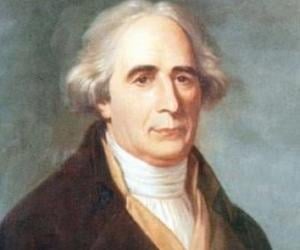
Joseph-Michel Montgolfier was a French aviation pioneer and balloonist. Along with his brother Jacques-Étienne, he invented the Montgolfière-style hot air balloon and launched the first confirmed piloted ascent by man in 1783. The first ascent carried Jacques-Étienne. The innovative brothers also invented a process to manufacture transparent paper. Joseph invented the self-acting hydraulic ram as well.
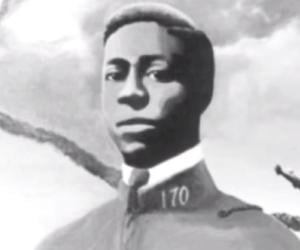
Eugene Bullard was an American military pilot who played an important role during World War I. He was among the few black combat pilots at that time and one of the first African-Americans to become a military pilot in the US, although he flew for France during his career. Eugene Bullard was the recipient of several prestigious honors.
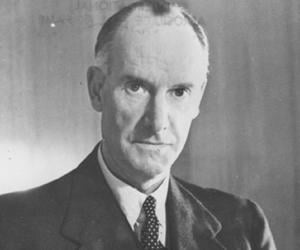
Aviation pioneer and aircraft designer Geoffrey de Havilland is best remembered for his double-engine warplane Mosquito and the jet airliner Comet. He was part of the Royal Flying Corps and had been knighted for his achievements. He was also the founder of the De Havilland Aircraft Company.
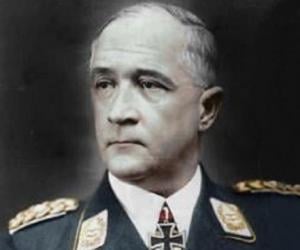
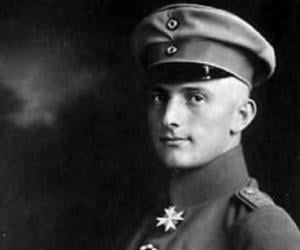
Lothar von Richthofen was a German flying ace who served during the First World War. He was the younger brother of another aviator Manfred von Richthofen, whose life inspired the 2008 German-British biopic The Red Baron where Lothar von Richthofen was played by German actor Volker Bruch. Richthofen died in a flying accident when he was just 27 years old.
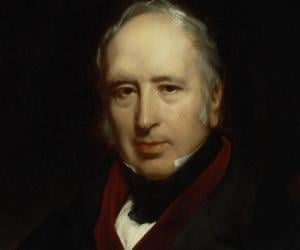
British engineer and inventor George Cayley was a pioneer of aeronautics and aviation. He designed the world’s first glider that could successfully carry a human being. He was also a prominent Whig and had contributed to the formation of what is now known as the University of Westminster.
Charles Kingsford Smith, also known as Smithy, was an Australian pilot who had been part of many first-time endeavors, the most notable being the first transpacific flight from the U.S. to Australia. While passing over Calcutta, on a flight from London to Australia in 1935, he and his co-pilot disappeared.
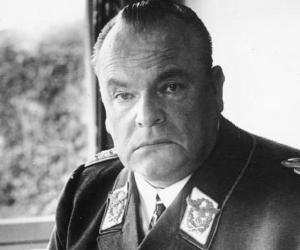
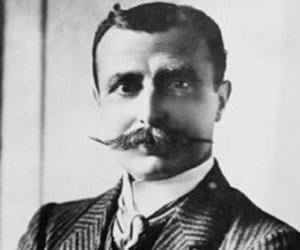
Louis Blériot was a French aviator, engineer, and inventor. He is credited with developing the first workable headlamp for cars. He is also credited with making the first working, piloted monoplane. Blériot achieved worldwide fame in 1909 when he became the first person to fly across the English Channel. Louis Blériot also founded the successful aircraft manufacturing company, Blériot Aéronautique.
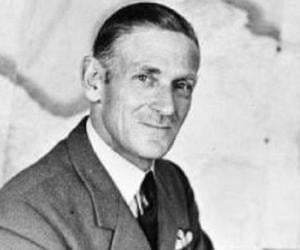

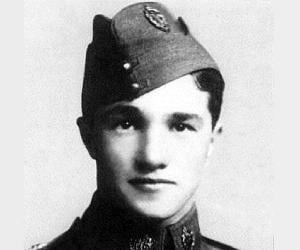
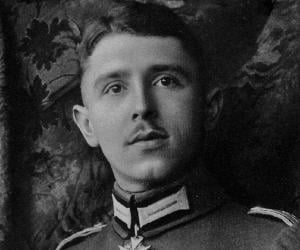
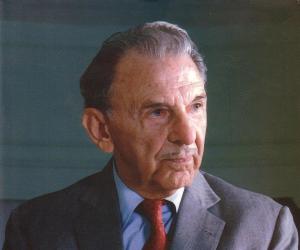
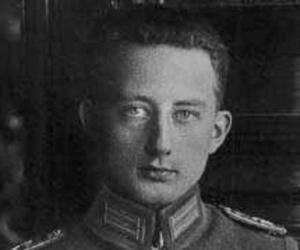
Milan Rastislav Štefánik was a Slovak politician, diplomat, aviator, and Freemason. He served as the minister of war for Czechoslovakia during World War I while simultaneously serving as a general in the French Army. He was a leading member of the Czechoslovak National Council and contributed to the cause of Czechoslovakian sovereignty. He died in a plane crash in 1919.
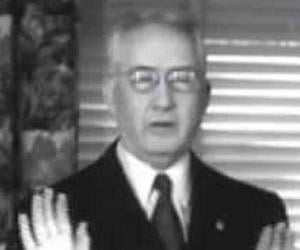
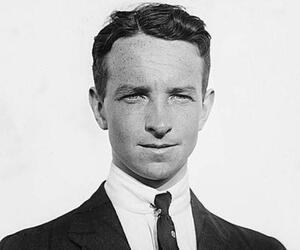

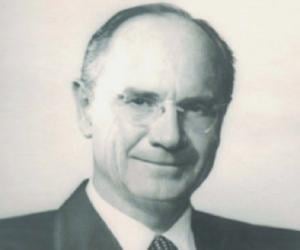
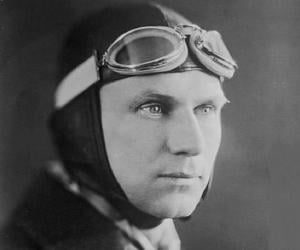
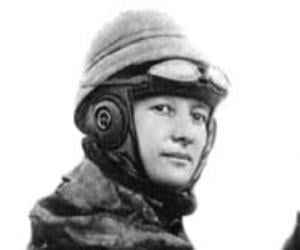
Refused entry in the Tour de France because she was a woman, French athlete Marie Marvingt finished the course by herself. An aviator and mountaineer, too, she later made many sporting records. She was the first female fighter pilot. She had also been a journalist, a medical officer, and a ski school instructor.
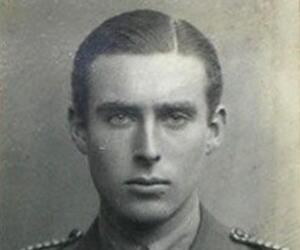
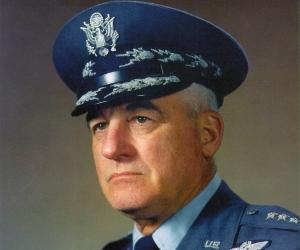
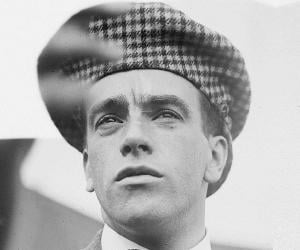
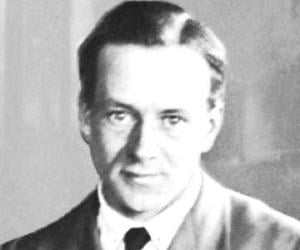
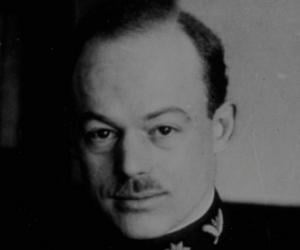
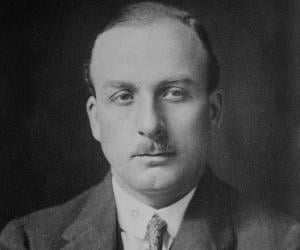

Australian pilot Ross Macpherson Smith, along with his brother, Sir Keith Macpherson Smith, completed the world’s first flight from England to Australia, back in 1919. A year prior, Ross had made the first flight from Cairo to Calcutta. He died at age 29, while testing a Vickers Viking aircraft.
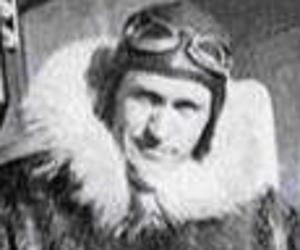
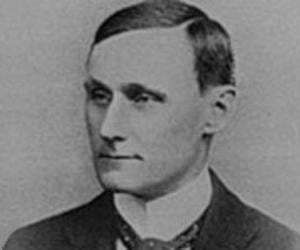
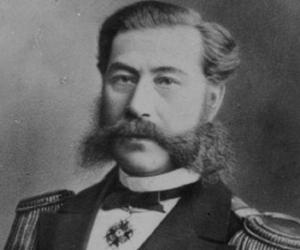
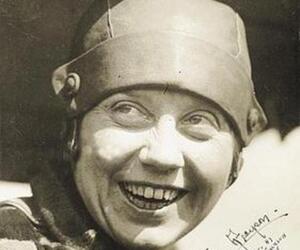
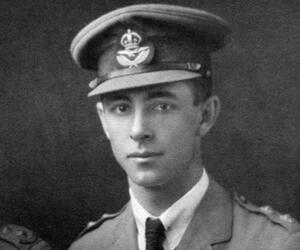
Pioneering Australian aviator Keith Macpherson Smith and his brother, Ross Macpherson Smith, were the first to complete a flight from England to Australia. He also served as a Royal Air Force pilot during World War I. Though he had planned a flight around the world, the plan didn’t materialize due to his brother’s death
